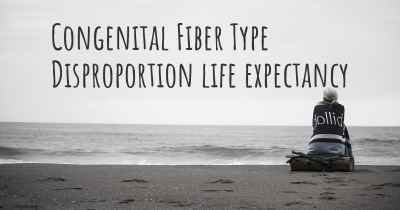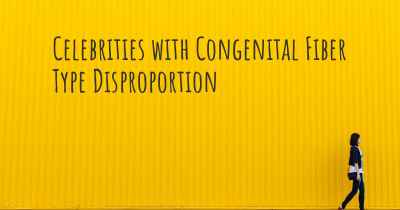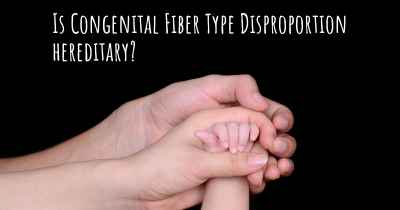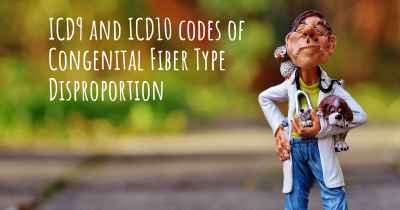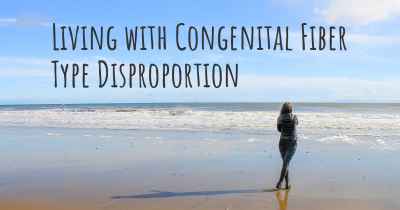Which advice would you give to someone who has just been diagnosed with Congenital Fiber Type Disproportion?
See some advice from people with experience in Congenital Fiber Type Disproportion to people who have just been diagnosed with Congenital Fiber Type Disproportion

Congratulations on taking the first step towards understanding your diagnosis of Congenital Fiber Type Disproportion (CFTD)! Receiving a diagnosis can be overwhelming, but it's important to remember that knowledge is power. By educating yourself about CFTD and taking proactive steps, you can effectively manage the condition and lead a fulfilling life.
1. Seek support: Reach out to support groups, online communities, or local organizations that specialize in CFTD. Connecting with others who have similar experiences can provide emotional support, valuable insights, and practical advice.
2. Educate yourself: Learn as much as you can about CFTD. Understand the causes, symptoms, and potential complications associated with the condition. This knowledge will empower you to make informed decisions about your healthcare and lifestyle choices.
3. Build a healthcare team: Work closely with a team of healthcare professionals who are knowledgeable about CFTD. This may include geneticists, neurologists, physical therapists, and other specialists. Regular check-ups and open communication with your healthcare team are crucial for managing your condition effectively.
4. Develop a treatment plan: Collaborate with your healthcare team to create a personalized treatment plan tailored to your specific needs. This may involve physical therapy, occupational therapy, assistive devices, medications, or other interventions. Stick to your treatment plan and communicate any concerns or changes in symptoms to your healthcare team.
5. Prioritize physical activity: Engage in regular physical activity within the limits of your condition. Physical therapy exercises and low-impact activities can help improve muscle strength, flexibility, and overall well-being. Consult with your healthcare team to determine the most suitable exercise regimen for you.
6. Maintain a healthy lifestyle: Adopting a balanced diet, getting sufficient sleep, and managing stress are essential for overall health and well-being. A healthy lifestyle can support your body's ability to cope with the challenges posed by CFTD.
7. Advocate for yourself: Be an active participant in your healthcare journey. Ask questions, voice concerns, and seek second opinions when necessary. Remember, you are your own best advocate.
8. Embrace emotional well-being: Living with a chronic condition can be emotionally challenging. Seek emotional support from loved ones, therapists, or support groups. Engage in activities that bring you joy and practice self-care regularly.
9. Stay informed about research: Keep up-to-date with the latest advancements in CFTD research. New treatments, therapies, or clinical trials may become available that could benefit you in the future. Discuss these options with your healthcare team.
10. Live your life to the fullest: Remember that CFTD is just one aspect of your life. Pursue your passions, set goals, and surround yourself with a supportive network. With proper management and a positive mindset, you can lead a fulfilling life despite the challenges posed by CFTD.
